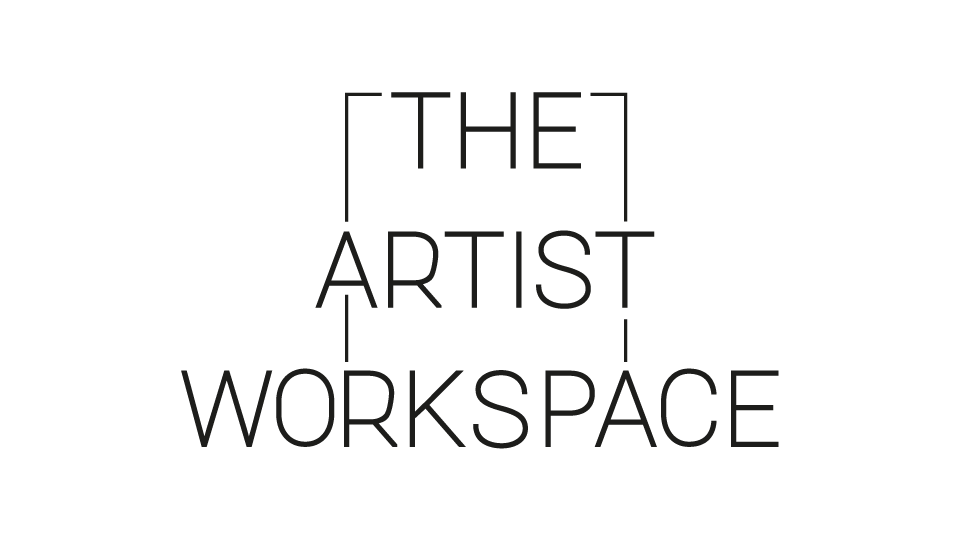Exploring Ghostly Geometrics with Artist Jennifer Moore
Words by Zoë Goetzmann
Artist Jennifer Moore
Location: South London (Studio)
Photograph taken by Nina Paiva
Jennifer Moore is an artist, printmaker as well as an architect, whose body of work speaks to the best and perhaps most unique qualities of what fine art, digital art, analogous, printmaking photographic practices have to offer.
Her academic background and achievements are quite extensive [which the founder of AWS Gallery can relate to 100%]. She holds a BA degree in Mathematics from University of Warwickshire, a BA degree in Architecture from London South Bank University, University College of London as well as an MA (distinction) in Fine Art Printmaking.
‘Tracing Place’ (red)
83cm x 60cm
Screen Print: From a digital collage mapping movements and cartographies in Elephant and Castle, London
£600
Photograph taken by Nina Paiva
Her decision to make the professional transition from commercial architecture to artist [and from mathematician to artist] stems from her life-long passion for art and her desire to create a new body of work that, as she describes, is not so “restricted” from, “what developers want and what sells.”
As the daughter of an architect, it was a genuine thrill to be able to speak to Moore. Whilst the majority of my childhood was focused on the idea of minimalism and precision [necessary qualities and principles for becoming an architect] - Moore’s work speaks to the idea of imperfection.
Artist Jennifer Moore
Location: South London (Studio)
Photograph taken by Nina Paiva
“Doing 3D drawing and 2D drawing,” Moore notes, “when someone actually builds it [a proper structure], it’s never actually going to be perfect.” Her main body of work is created through self-taught experimentation. Moore uses 3D scanners, laser etching, printmaking, drawing tools [and sometimes photography] in her work.
Jennifer’s work explores the concept and practice of ‘mapping.’ Works and series exhibited currently by The Artist Workspace Gallery [until May 2022], such as Tracing Place - a series of screen prints inked in four different monochromatic colours - showcase the artist’s site-specific intentions [i.e. ‘Elephant and Castle’] - creating physical blueprints of distinct geographic locations in South London where the artist is based.
Flawed Precision (sold 1 of 3)
40cm x 30cm
Laser etchings on black paper
£450
‘Ghostly Geometries’ - a term penned by Moore herself - plays another integral role in the viewer’s understanding of the artist’s skillful ability to work with digital and physical materials. In Flawed Precision, Moore manipulates a photograph of a tree using a combination of photogrammetry, 3-d scanning, mapping and photography - translating these works as etchings onto black paper. Through this process, Moore creates an ambiguous, phantom-like series of images - allowing the viewer to invent their own ideas of the subject of the work in order to see past the man-made materials and the site specificity of the conventional blue plan.
Over this past year, Moore has exhibited her work in exhibitions in London, England. Most notably, one of her Inhabited Grounds works was included in the Royal Academy Summer Show 2021. In terms of Jennifer’s future professional goals, she continues to split her time between working as an architect and artist, using the idea of location as a way to explore her own observational skills - conveyed through both her personal and professional practices.
Artist Jennifer Moore
Artwork: Tracing Place (black) - £600
Location: South London (Studio)
Photograph taken by Nina Paiva






